Display
As always, every smartphone reviewed has to go through our CalMAN 5 workflow to determine accuracy of calibration. I have to applaud LG for fixing their issues with the G2’s uneven saturation sweep, as it’s gone in the G Pro 2. However, it seems that LG is still missing the targets for the sweep, especially on the secondary colors.
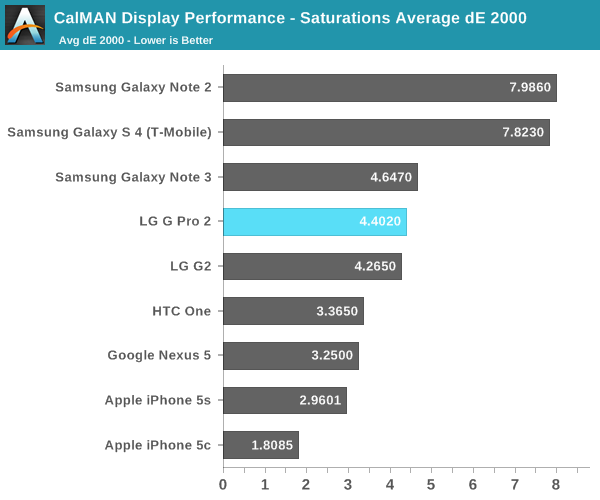
The white point is also quite blue, likely because this phone is intended for the Asian market, although I don’t know if things will change if this phone makes it to Western markets.
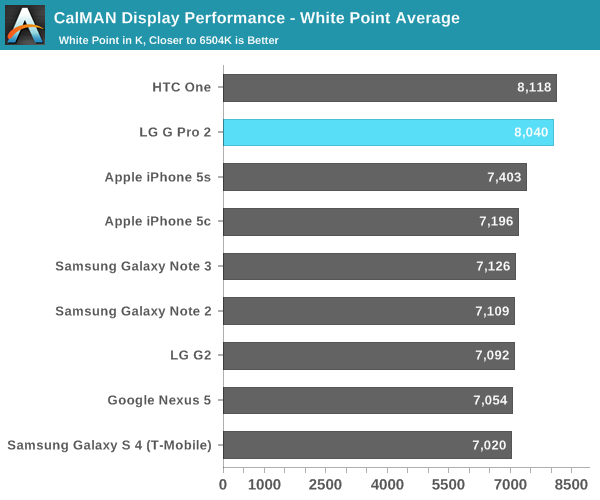
Overall, the G Pro 2 doesn’t really rock the boat when it comes to color accuracy, although LG seems to be taking the right steps to rectify some of the issues that they’ve had. The Gretag Macbeth chart performance improves a bit as well.
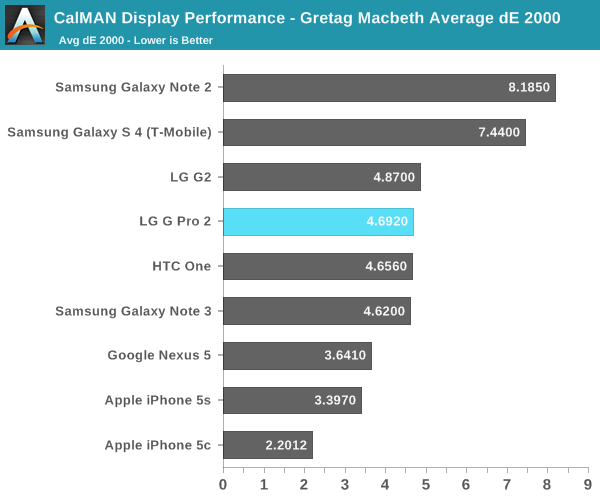
It’s important to keep in mind for the grayscale data that I use an i1pro, which means that the extremely low brightness values are likely to be inaccurate, so I’m not posting official contrast numbers for the G Pro 2 quite yet.
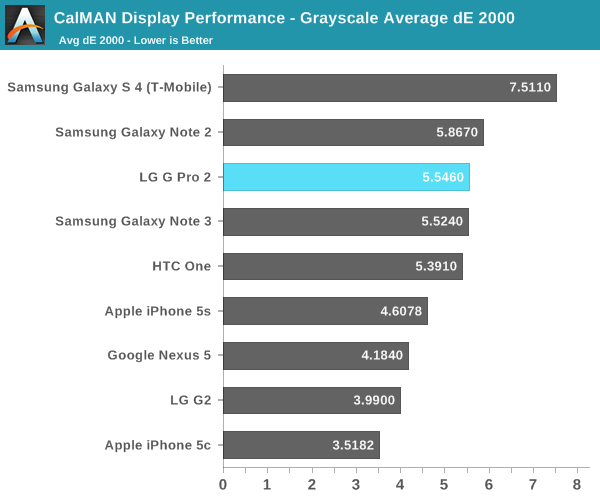
Brightness seems to be relatively low at maximum relative to the best LCDs at 400 nits or so, but it’s in line with the LG G2. The minimum white level is 7.63 nits for those that use their phones in dark environs, so this certainly makes it easier on the eyes than the HTC One, which goes down to around 12 nits at the lowest brightness.

I’ll be sure to update this review with additional information, as time constraints dictate that I can’t quite get all the data collected to do a proper comparison across multiple phones for minimum 100% APL brightness.
Camera
I must defer to Brian in this case, as the camera is effectively unchanged from the LG G2. There is the OIS+ feature, and LG has added a few extra features such as 4K recording, flash for the front facing camera, and a natural flash feature that tries to emulate a dual temperature LED flash without the dual temperature LED. The OIS+ feature definitely works, and it’s effectively EIS on top of the OIS. Compared to the G2, I can definitely see a difference, although I don’t have a camera rig to show the effect. What doesn’t quite work out is the natural flash feature, which despite its best efforts, doesn’t seem to noticeably reduce the change in color balance that happens when flash is used. As seen below, I took the first photo with the flash off, and the second with the flash on.
One of the simplest features is the front facing camera flash, which is actually a great idea despite its simplicity and makes an enormous difference when it comes to low light photos with the front facing camera.
The Magic Focus feature also works, but like most HDR modes, it needs still subjects to work right. Otherwise it's pretty easy to end up with severe ghosting. The UI also only lets you refocus once, which is a bit disappointing.


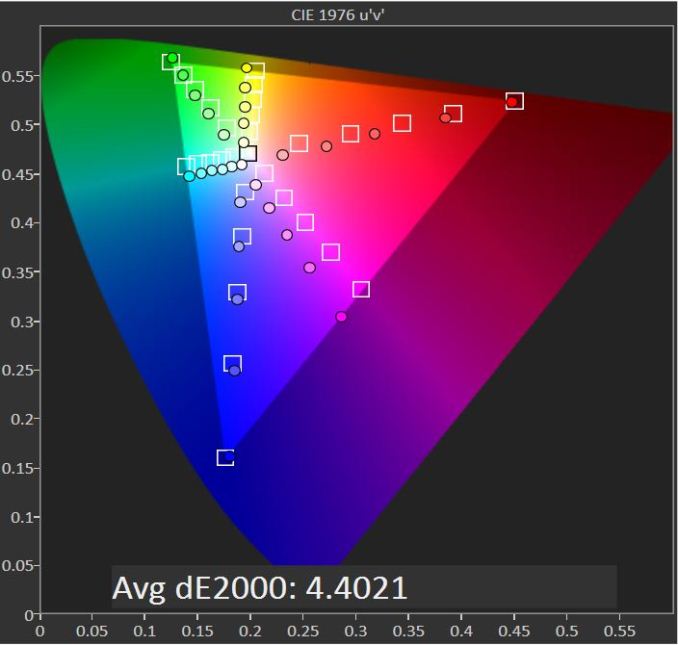
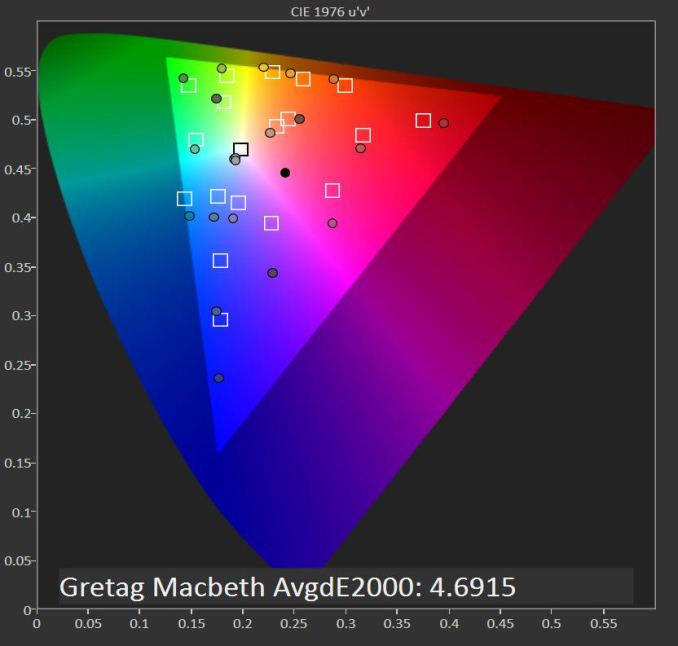
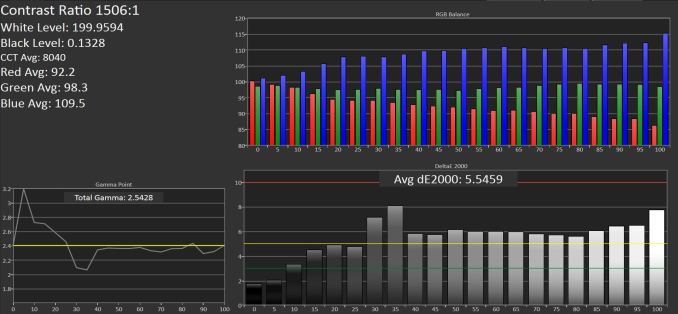
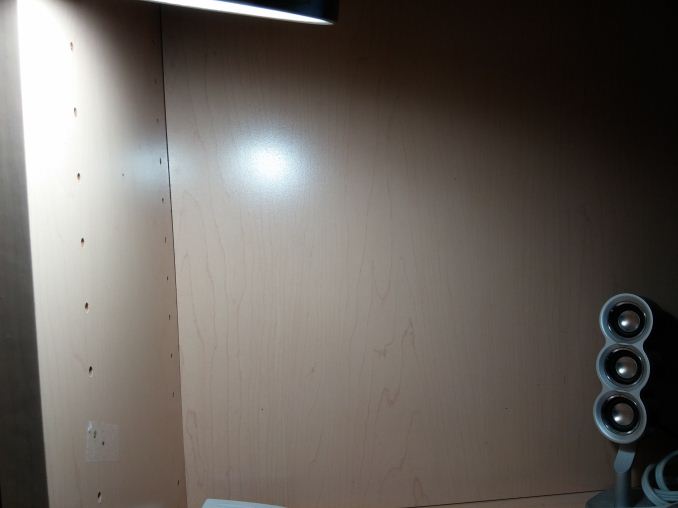
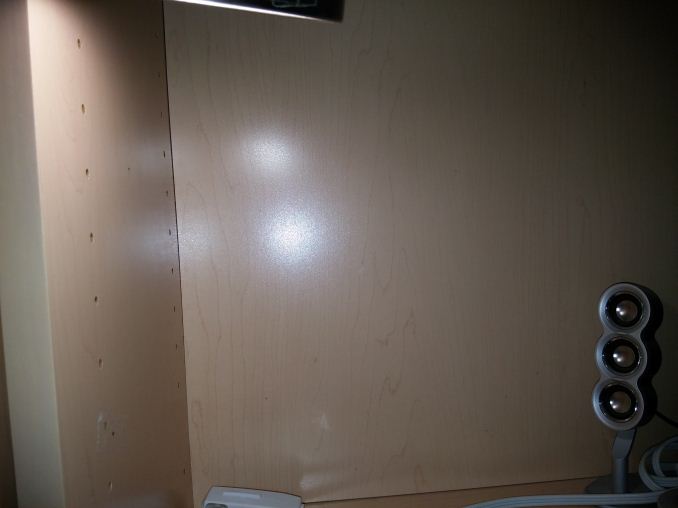

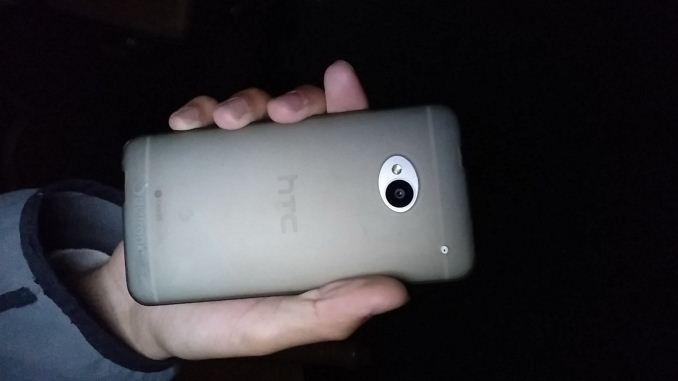









63 Comments
View All Comments
phoenix_rizzen - Friday, March 14, 2014 - link
The LG Nexus 5 and the LG G2 are part of the Anandtech.com audio benchmarking article from a month or so ago.hockey - Wednesday, March 19, 2014 - link
With the massive movement towards smartphones, buying a phone has never been so complicated. It's not longer enough to simply buy a phone that dials numbers, takes grainy pictures, and send text messages.Davidjan - Wednesday, April 16, 2014 - link
Looks good. It supports Meenova MicroSD reader to add storage: http://goo.gl/2iJ6gf